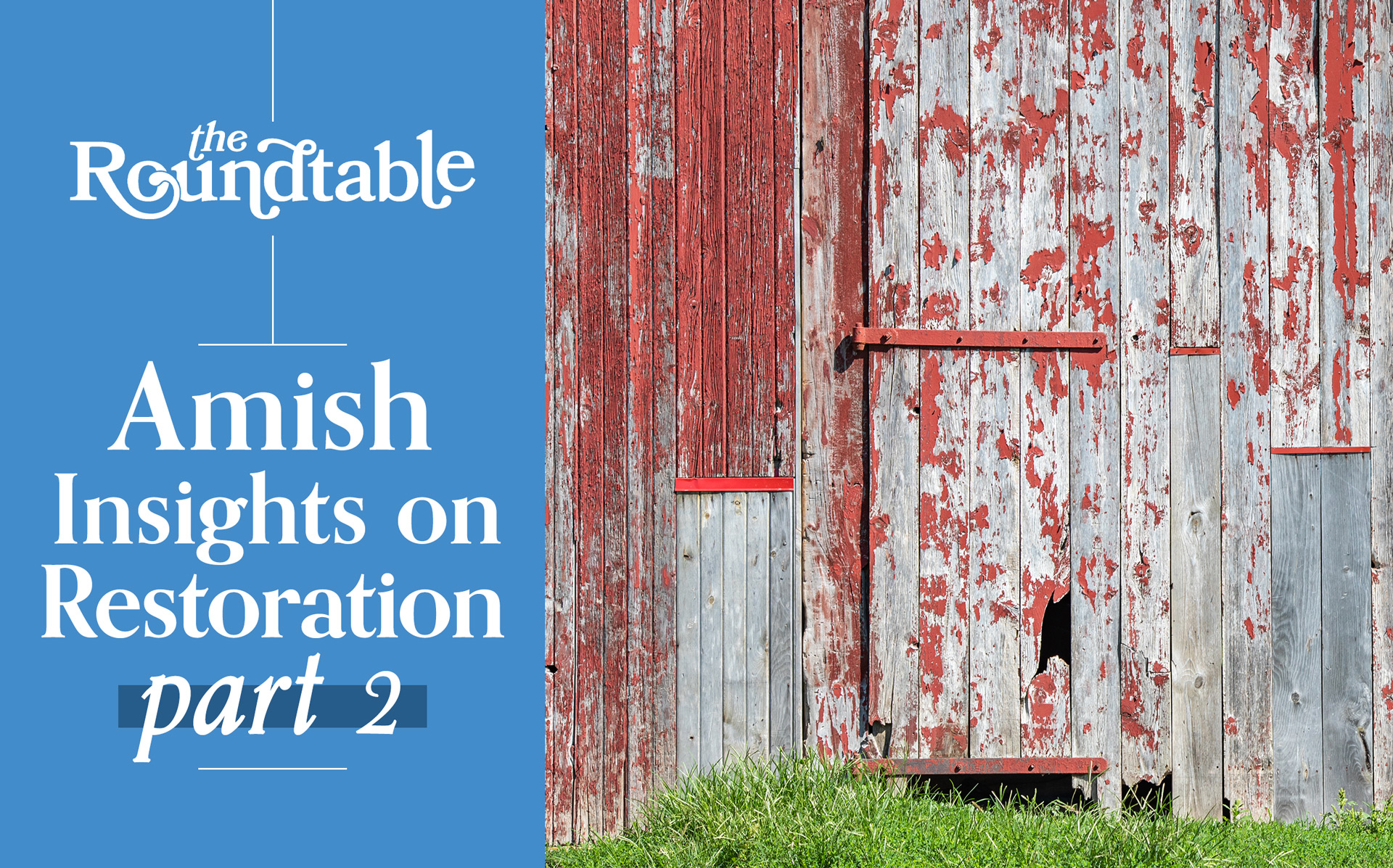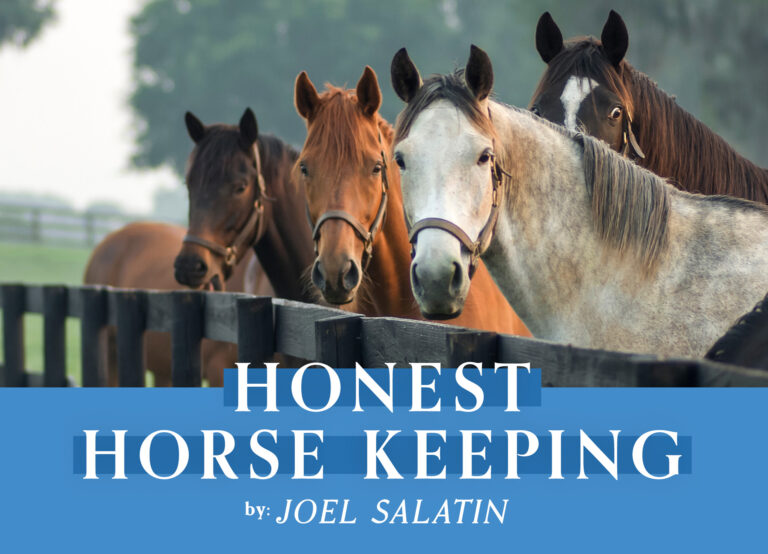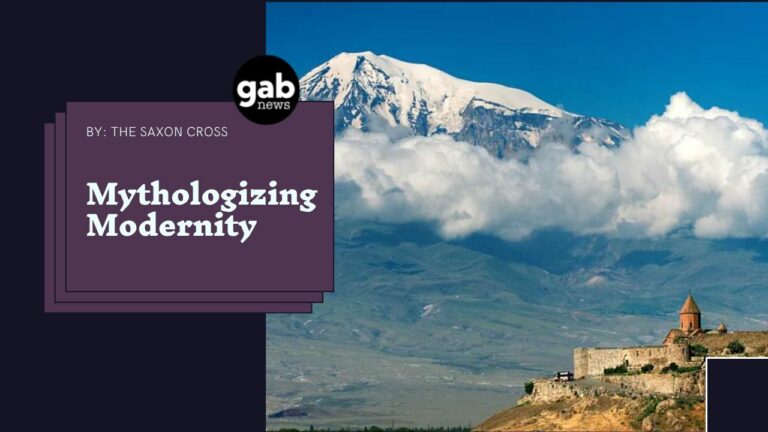By: Ivan Keim, Plain Values
This Month’s Question:
What does restoration look like in your community?
Answered by: Ivan Keim, a minister in his local Amish church

Ivan: He inquired about his fellow brethren back in Jerusalem. He asked about their well-being. The answer that he got, “[They] are in great affliction and reproach: the wall of Jerusalem also is broken down, and the gates thereof are burned.”1 The Prophet Nehemiah was concerned about the remnant of Jews that had returned to Jerusalem. It had been over 150 years since Jerusalem and the Temple had been destroyed by the Babylonians in 586 B.C. and nearly a century since some of the Jews had returned to Jerusalem. Their work in rebuilding the Temple had taken 20 years, and because their work was hindered by the Gentiles, they were never able to complete the walls and gates.
Nehemiah asked permission from the Persian King to go back to Jerusalem and complete the walls. After arriving in Jerusalem, he assembled the Jewish nobles. He explained to them his mission to rebuild the walls. Their reply was, “Let us rise up and build.”2 Nehemiah had a vision, but he knew that he could not do it himself; standing together and by the work of many hands, they could accomplish it. Later Nehemiah said, “So we built the wall… for the people had a mind to work.”
As progress was made, they were once again hindered by their Gentile neighbors. They tried to destroy their work. Half of the workmen had to stand guard, and the other half continued the work. They did not despair but continued forward towards their goal of rebuilding the wall.
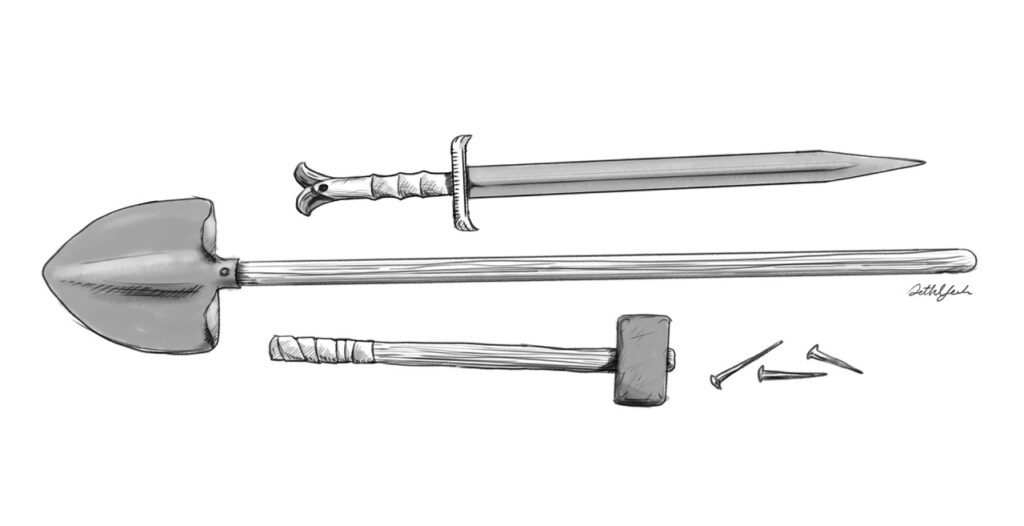
When there is a catastrophe in our community, causing damage to property or buildings, many of the community members come together to help clean up and rebuild. This summer, we had a damaging windstorm go through our community. Many people pulled together, cleaning up the damage, helping to rebuild the destroyed buildings, and cleaning up the many downed trees.
In order to restore something, like Nehemiah, we must come to the realization that something is in need of repair or rebuilding.
Over the years, our lifestyle has heavily revolved around agriculture. We read through history how our forefathers moved from one area to the other throughout Europe. They were recognized as farmers who were able to restore unused and barren fields to productive farmland. Their life revolved around their faith and raising food for their family’s survival. The first order of business upon arriving in America was to clear the land and plant their crops. They continued to restore the areas they inhabited to become productive for their sustenance.
Most of the Amish continued to be involved in some sort of agriculture-related occupation through the 1950s and 1960s. Over the last 75 years, that has gradually changed. According to research done in the Ohio Amish Directory, in 1980, 55% of our households were occupied in farming and other agriculture-related occupations. The rest were in construction, manufacturing, and woodworking, along with a few other outlying occupations. Twenty years later, in 2000, we had 30% of our families making a living off agriculture-related activities, while almost 40% of our population was involved in lumber or woodworking-related occupations. We fast forward another twenty years to 2020, and our agriculture-related occupation has dwindled to only 20% of the population, with construction, lumber, and woodworking occupying 60% of our people.
Our Amish community has shifted from being an agriculture-related community to being a manufacturing community. We are known throughout the country for quality and craftsmanship. This shift has also affected the way that we live. As our livelihood has shifted away from agriculture, our discretionary income has increased. We see more leisure time and a consumer-minded lifestyle. Do we consume more of our food than we produce? How much of the food that we eat was raised on our property or farm? How much of it was raised within five miles or within our community?
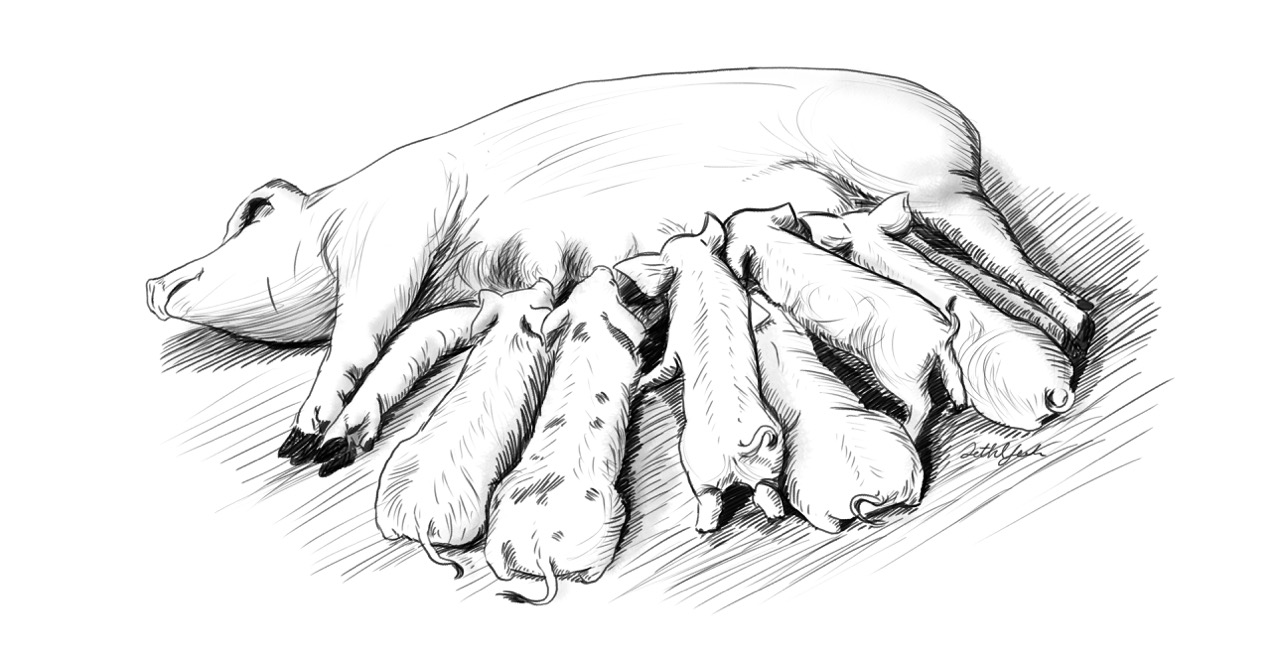
While the majority of us are no longer making our living off the farm, our children can still enjoy the values that come with an agrarian lifestyle. We can do this by putting our hands in the dirt or teaching animal husbandry to the next generation.
In recent years there seems to be a spark rekindling amongst our people to raise more of our own food. Families are planting more vegetables and fruit trees and butchering their own animals. The joy and values that a family experiences when the first berries ripen or when the pig has a new litter of piglets cannot be replicated. Oh, the joy after a day of butchering and packaging the meat in our canning jars and freezers. The taste of the juicy peach as you bite into it and juice dribbles down over your chin. You stand reveling among the fruit trees in awe of a Creator who allows the seasons to come and go. He ordained… seedtime and harvest, and cold and heat, and summer and winter…3
FOOTNOTES:
1) Nehemiah 1:3
2) Nehemiah 2:18
3) Genesis 8:22
This article was published in the March 2023 issue of Plain Values Magazine. If you want the latest Q&A’s every month (including two panelist answers), subscribe to the magazine HERE. As a special thanks, get 10% off your subscription with the code “GAB23”!
Email us your own questions for The Roundtable at [email protected].

Ivan, Emma, and their four children live on a 12-acre homestead where they strive to raise as much of their own food as possible. Each year they have a large garden, harvest from their orchard, use raw milk from their own cow, and process chicken, turkey, beef, and pigs for their freezers. Ivan is a minister in the local Amish community. He builds tiny homes and animal shelters for a living. His models can be seen on tinyhomeliving.com.


